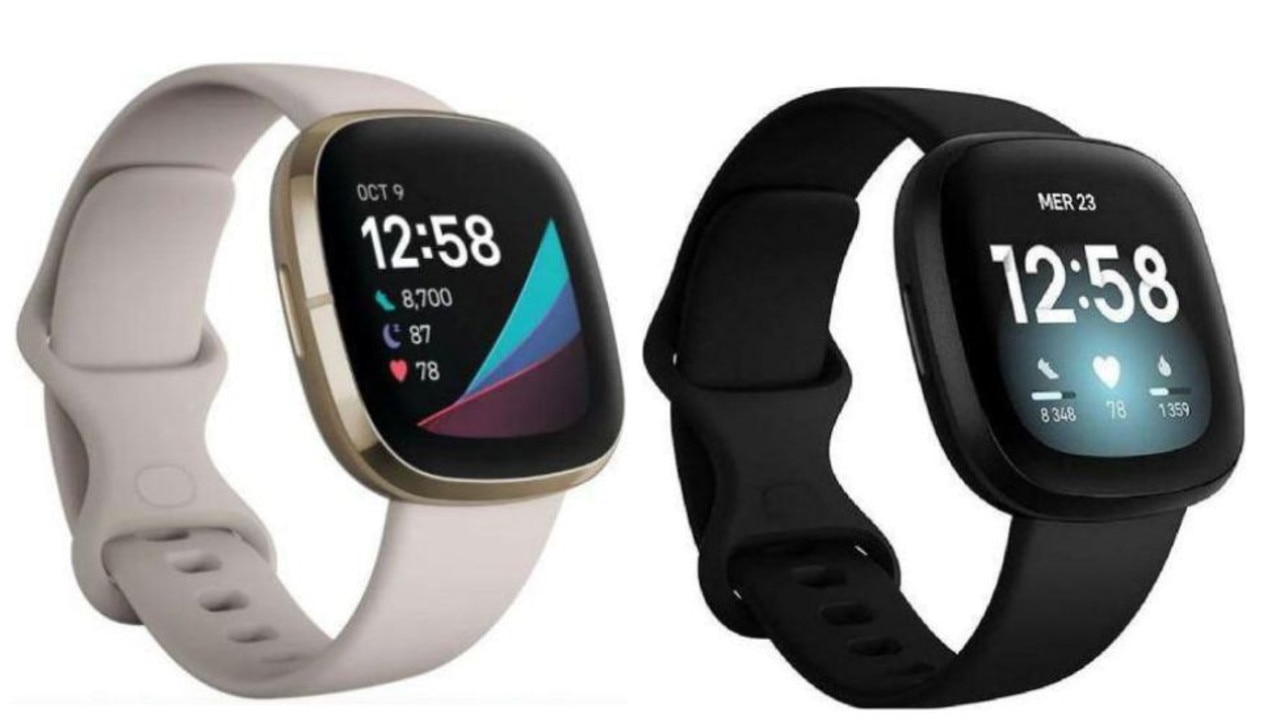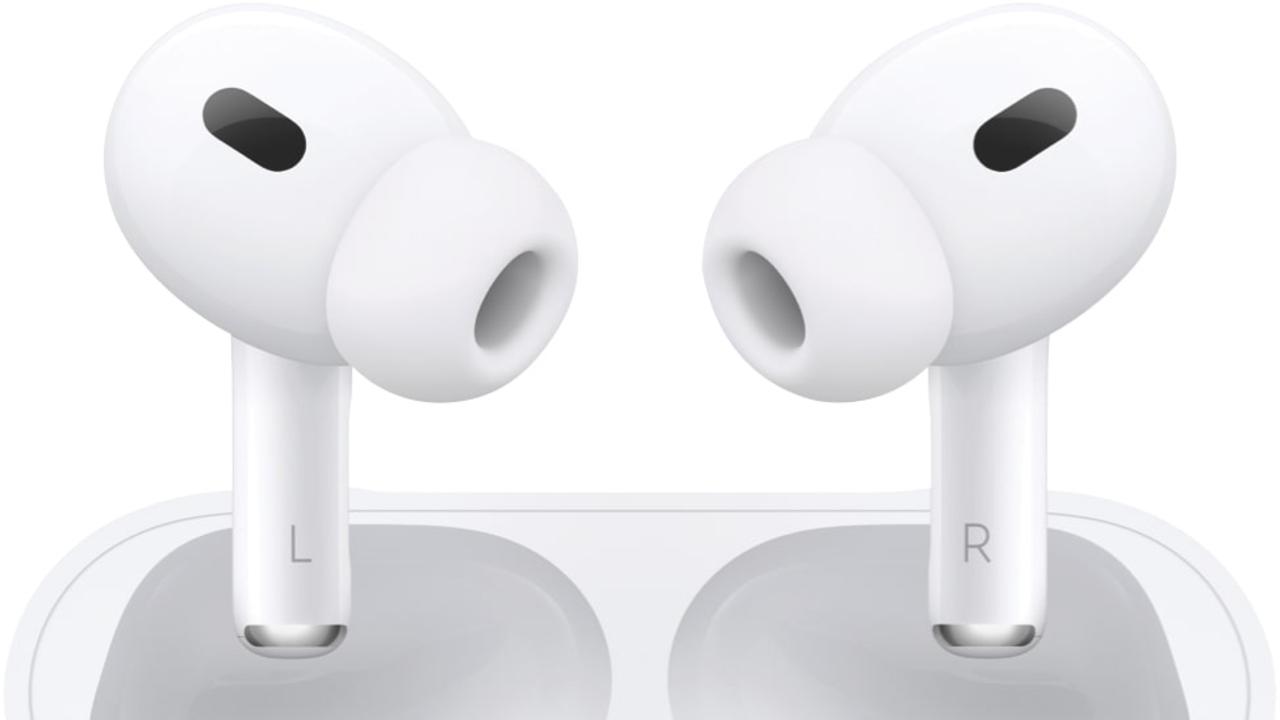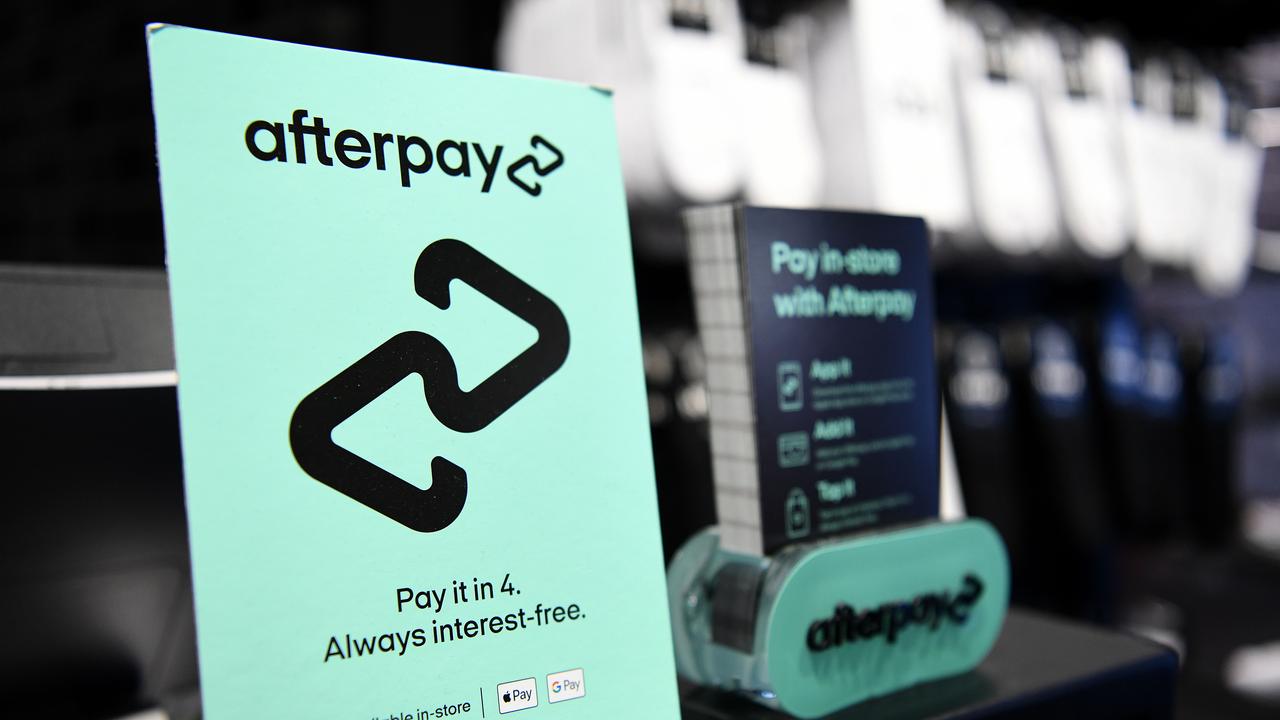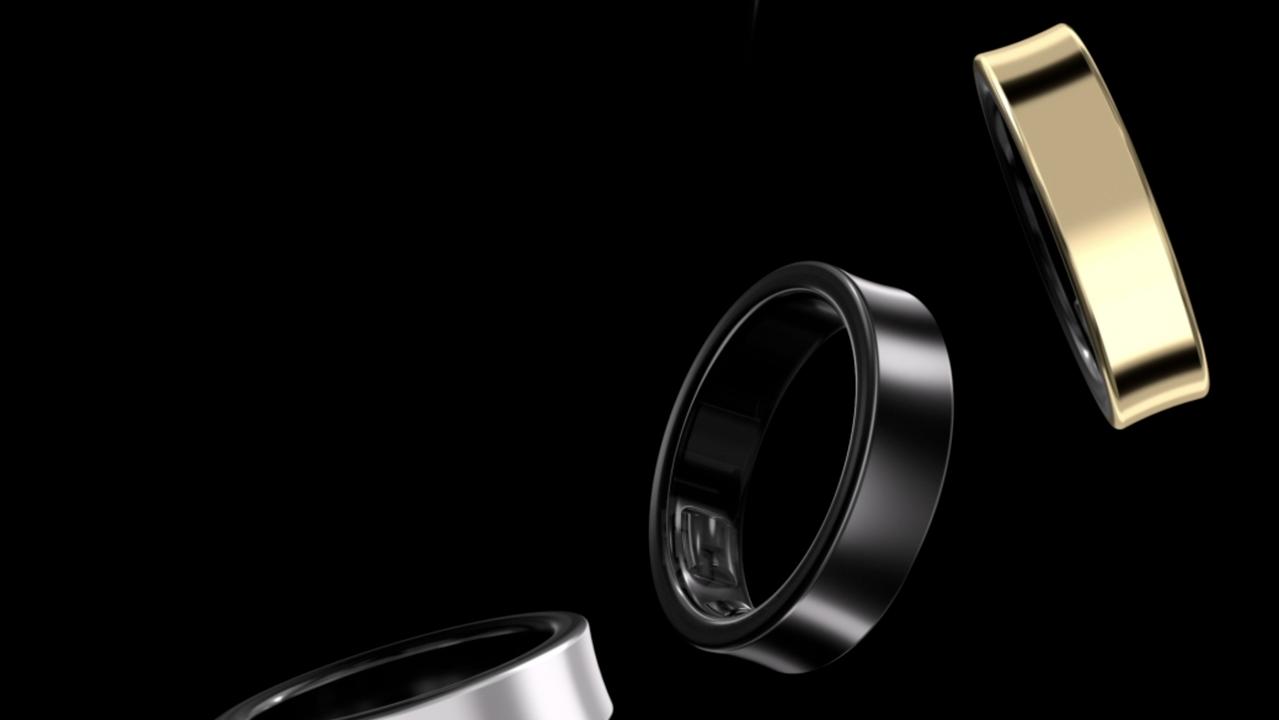What it’s like to have two microchips in my hands
KAYLA Heffernan doesn’t need to carry keys or tickets. She taps on and off public transport without using a card. It’s all because of two chips embedded inside her.
Wearables
Don't miss out on the headlines from Wearables. Followed categories will be added to My News.
WHEN Melbourne woman Kayla Heffernan takes public transport, she doesn’t tap on and off with her Myki ticket — she holds up her hand. In fact, she doesn’t even use keys anymore, nor does she need to carry tickets to gain entry into paid events.
That’s because she has two microchips inserted in her hand.
It all started three years ago when Ms Heffernan was getting frustrated about constantly losing her Myki (the electronic transport ticket in Melbourne). She even came up with the idea of putting her ticket in her glove, so she was less likely to lose it.
“When I reached my hand out to touch off, it just left like a natural user interaction. I started researching and realised that not only were people putting devices inside their bodies for non-medical purposes, but it hadn’t been researched very much, which is the perfect gap for a PhD,” Ms Heffernan told news.com.au
Now Ms Heffernan is officially researching what devices people are putting inside their bodies, why they decided to augment their bodies in this way, as well as the public reaction to this new category of devices known as “insertables”.
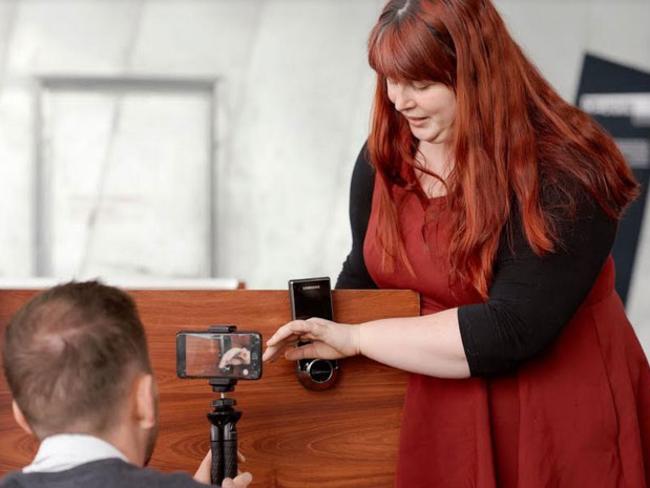
Her research has become her PhD so she’s using herself as a guinea pig and writing about the experience and what it means in today’s world.
An insertable is a non-permanent chip contained in, through or under the skin and is used for non-medical purposes.
The issue of insertables and public transport made headlines last month when the NSW government stopped body-hacking scientist Meow-Ludo Disco Gamma Meow-Meow from using an Opal card chip in his hand.
Meow-Meow (his legal name) had cut down the Opal chip, encased it in biocompatible plastic and then implanted it in his left hand. But Transport for NSW have cancelled the cards that he had tampered with.
Ms Heffernan has, however, has gone about the microchipping in a completely legal way.
“The first microchip I inserted uses Near Field Communication (NFC). It’s the type of radio-waves that are used to communicate information in your credit card (payWave) or Myki, however it can’t be used for these purposes,” Ms Heffernan said.
“Then I got a second microchip, which uses radio frequency identification (RFID) which is just a different frequency used to communicate. I couldn’t use the NFC one for my office at work because they are different frequencies, so that’s why I needed a second one.”
The microchips are inserted with a large gauge needle, similar to a body piercing or an IV drip. According to Ms Heffernan, the pain is also similar to a piercing but heals quickly, as it’s entirely contained within the body without an open wound. So what exactly does Ms Heffernan use her microchips for?
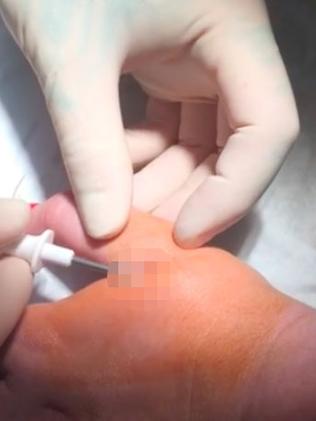

“I use my NFC chip to open my front door. I just bought a door lock from Bunnings that is NFC compatible. It also has my website on it, so that if you scan it, it automatically launches my website, sort of like a business card. I can change what happens when it’s scanned, share a contact detail or open an app. I can also launch a pre-written text message ready to send,” Ms Heffernan said.
“The RFID chip is used as my work office pass to scan in and out of doors. I cloned my work dongle pass onto the microchip. So, if I leave my job they can deactivate my pass and it’ll just stop working. I can also reprogram it with my next office pass.”
In other words, the microchips mean you don’t have to carry keys at all.
“When it comes to car keys, you can modify your car to unlock with microchips too — similar to the GoGet cars which unlock with NFC card readers,” Ms Heffernan said.
“Each chip has a unique ID. When it comes to attending functions, such as the recent ‘Pausefest’ in Melbourne, all attendees had badges which were cards that could be scanned for access. Instead of adding the card number to the system, those of us with microchips had that number added. So, instead of presenting our cards we presented our hands.”

Ms Heffernan admits people look at her strangely when they notice her waving her hand around as an entry and she’s always happy to explain. However, she finds most people don’t understand the technology and tend to fall back on the sci-fi movie examples where microchips were used to track people.
So, can anybody actually track you when you have a microchip inserted?
That’s something that can be categorised as ‘only in the movies’. The reality is the chips don’t have any battery, sensors or GPS.
“No one can use the chips to track you. We already carry a massive geo-locator in the form of your phone, so there’s no point of anyone microchipping you to track you — they could do that anyway with your phone,” Ms Heffernan said.
“I don’t think we’re ever going to see a day where everyone gets a microchip. However, as they become more useful, like being able to hold multiple access cards on one chip, or being used for payments so you can replace every card in your wallet, we’ll see more and more people doing it.”
At this stage, Ms Heffernan who’s completing her PhD at the University of Melbourne, in the Department of Computing and Information Systems, has no plans to remove her microchips.
“Even if I stop using them, they are bio-compatible so my body doesn’t notice they are there. It would actually be more bother to remove them,” she said.
Originally published as What it’s like to have two microchips in my hands


